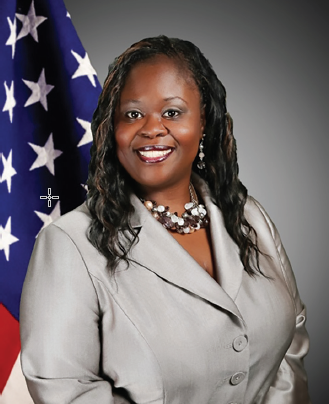Sections / Articles
Snapshots: November/December 2017
Diversity in Public Schools: What Parents Think
 While most parents agree that diversity is an important element for a positive student learning environment, a recent study has found that fewer are persuaded to take action to achieve it.
While most parents agree that diversity is an important element for a positive student learning environment, a recent study has found that fewer are persuaded to take action to achieve it.
According to findings in the “2017 PDK Poll of the Public’s Attitudes Toward the Public Schools,” 7 in 10 parents say they would prefer that their child attend a school where the student body is racially diverse, with 49 percent feeling that way strongly. However, only one-quarter of parents say they’d accept a longer commute to do it.
Similarly, 61 percent of parents say they would rather their child attend a school where the student body is economically diverse, with 36 percent feeling that way strongly. But fewer than half (45 percent) consider this a “highly important” characteristic or think it improves the learning environment. In addition, only 20 percent both desire economic diversity and say they’d accept a longer commute for their child to obtain it.
Demographics
The 2017 PDK poll results show a larger division in the perceived importance of racial/ethnic and economic diversity among distinct demographic groups, including race, political partisanship, and region. The report reveals that blacks, Democrats, and liberals value diversity most highly, as do those who also value economic diversity.
Seventy-two percent of black parents say that having a mix of students from different racial and ethnic backgrounds is extremely or very important, declining to 57 percent of Hispanics and 48 percent of whites. The gap increases when looking at political party identity, as 70 percent of Democrats and 38 percent of Republicans, with independents in between, are in agreement.
Southern parents are 16 percentage points more likely than those in the Northeast to rate racial and ethnic diversity in the schools as very or extremely important, and parents in the West are more apt than those in the Northeast or Midwest to find such diversity extremely important.
Overall, the poll results reveal a majority consensus that values racial/ ethnic and economic diversity across the board. While a longer commute impacts the perceived value of diversity, a majority believe that it positively impacts the student learning environment.
The 2017 PDK poll also sheds light on other topics of interest to school leaders, including using public money to support private schools, measuring school quality, and providing wraparound resources for students in need. For the full report, visit bit.ly/2yqXXM0.
Innovation from a 2017 National Distinguished Principal
 Each year, Kinser Elementary School experiences a high turnover of paraeducators, aides, and substitute teachers. All of the support staff members at Kinser Elementary, which is a U.S. Department of Defense Education Activity School in Okinawa, Japan, are spouses of military members and contractors. Their term of employment is linked to the military member’s tour of duty, which is anywhere from one to three years. Many of the support staff members have never worked in a school setting and require support to learn their role and responsibilities.
Each year, Kinser Elementary School experiences a high turnover of paraeducators, aides, and substitute teachers. All of the support staff members at Kinser Elementary, which is a U.S. Department of Defense Education Activity School in Okinawa, Japan, are spouses of military members and contractors. Their term of employment is linked to the military member’s tour of duty, which is anywhere from one to three years. Many of the support staff members have never worked in a school setting and require support to learn their role and responsibilities.
Kinser Elementary principal Michelle A. Moore-Robinson recognized the need to empower support staff with information, strategies, resources, training, and the setting to improve performance requirements. To address this need, Moore-Robinson formed a paraprofessional collaboration group and training sessions for substitute teachers. Moore-Robinson is a member of the 2017 class of NAESP’s National Distinguished Principals. A full salute to this dynamic leader and the nation’s top principals starts on page 33.
My Two Cents
What Strategies have you used to reduce teacher absenteeism?
Catherine Bridges: We incentivize. They get rewards if they are there! We encourage them to take care of themselves and their families. Incentives include Sonic drinks, gourmet cupcakes, jeans passes, one-hour lunches, etc.
CARMEN JONES (@harleyj77): We have implemented key fob sign in/out. Reports and graphs can be printed to provide real,current data to track chronic absenteeism.
RYAN DANIEL (@HeyMrsDaniel): I offer “Daniel dollars” for different events, being a team player, going above & beyond. The dollars = 15 mins late arrival or early departure.
VERONICA BAYLES (@VeronicaBayles): Build a positive school culture where teachers WANT to come to work!
JOANNE OWENS (@LeadMe2Teach): Providing support to teachers so they don’t get burned out.
Copyright © National Association of Elementary School Principals. No part of the articles in NAESP magazines, newsletters, or website may be reproduced in any medium without the permission of the National Association of Elementary School Principals. For more information, view NAESP's reprint policy.
| Attachment | Size |
|---|---|
| Snapshots_ND17.pdf | 1.07 MB |